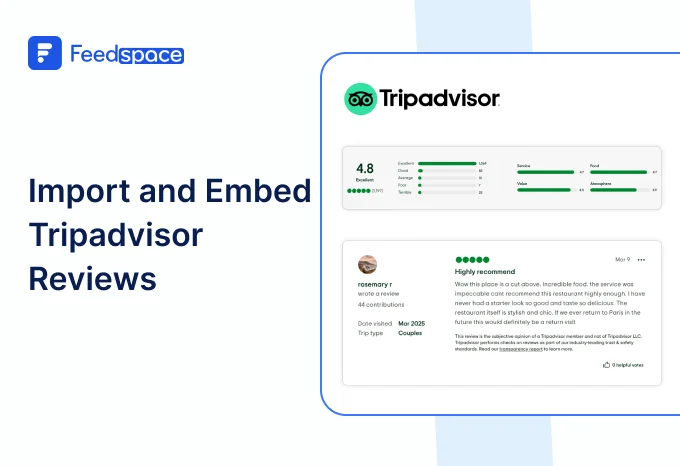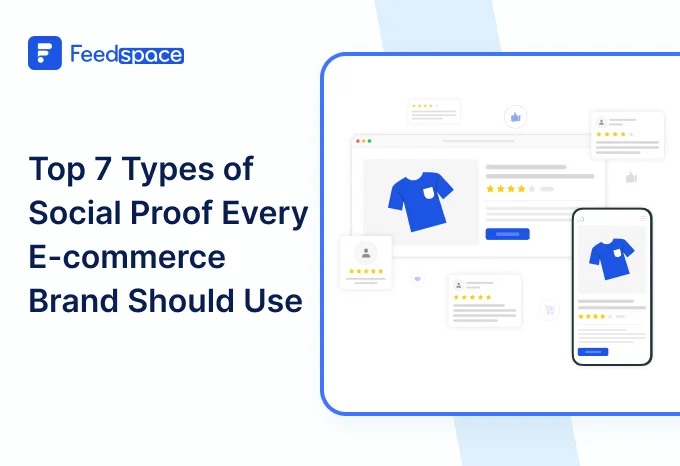Testimonials in B2B marketing are social proof, showcasing the positive experiences and results of satisfied users or clients. They can be featured on websites, case studies, or shared through content marketing channels to build trust and credibility with potential customers. They highlight the real-world value and effectiveness of a product or service.
Introduction
B2B platforms struggle to generate leads, drive conversions, and get a good ROI. This challenge overtakes as the prime issue, over creating a user-centric product. But you can solve each problem with one solution – customer testimonials.
Over the past few years, customer review and testimonials have become a necessary form of marketing. From Google reviews to Trustpilot reviews, businesses are building social proof to attract new customers and retain existing ones. This trend is particularly relevant in the world of B2B marketing. Here, business decision-makers often rely on the experiences of their peers for purchasing.
In this blog post, we’ll explore how B2B companies can use customer testimonials to increase ROI in three months. We’ll cover best practices for collecting, displaying, and leveraging testimonials, as well as the power of video marketing and social media.
Must read – Top Video Marketing Software Solutions to Elevate Your Brand 🔥
How to get B2B customer testimonials
To get testimonials for your B2B platform, you need to approach each customer individually. Mass emails or survey forms will not get you testimonials for a B2B SaaS or SaaP business.
Send an email
Keep in touch with your customers via email before asking them for testimonials. Answer their queries, help them navigate your platform, etc. Once you have provided value to them, you can approach them via email to record a testimonial.
Keep the contents of the email simple and conversational. While you want to be polite and grateful, you do not want to come off as fake by using fancy words.
Schedule a call
Schedule a check-in with your customers to understand their experience. Tell them what more you can do to add value. And in this call, you can ask them if they’re willing to record a testimonial for you.
Interview
Ask your clients for an interview. Ask questions related to their industry and their journey with your product. Use these snippets as testimonials. You can also conduct this interview on a podcast to increase engagement.
How to use testimonials in B2B marketing?
B2B marketing is about establishing your authority and credibility in front of target businesses. And letting your customers speak for you will have the most impact.
Create case studies
Testimonials are proof of your work. Case studies are much more effective in influencing purchase decisions in a B2B setting. It shows potential businesses the exact result similar businesses have had.
Adding testimonials makes the studies believable. You can also share these studies on social media to get businesses to visit your website.
Listing platforms
Many listing sites like G2, Capterra, etc. allow us to add videos to our profile. Add your video testimonials there. It will help you grab attention and get visitors to your profile to explore your business.
Social media
Social media is a no-brainer for marketing. But, how we use it will define if our strategies work. Find the communities your target businesses are a part of. Share content not limited to you too. For example, share useful information, tips, and more that can help the community.
And in between, you can add your case studies, your learnings, etc. to make people interested in learning about you. Share your testimonials with a meaningful message. Talk about your experience with different clients and add testimonials as proof. Share your testimonials on platforms like Linkedin, Instagram, Reddit, and Twitter to get businesses interested in your product.
Conclusion
All these ways of promoting testimonials will increase ROI. But, only if you find what type of content is working out for you. Experiment with audio testimonials, video testimonials and text testimonials. Use this content in different ways to find the type of posts, stories, etc. that are giving you the best results.




